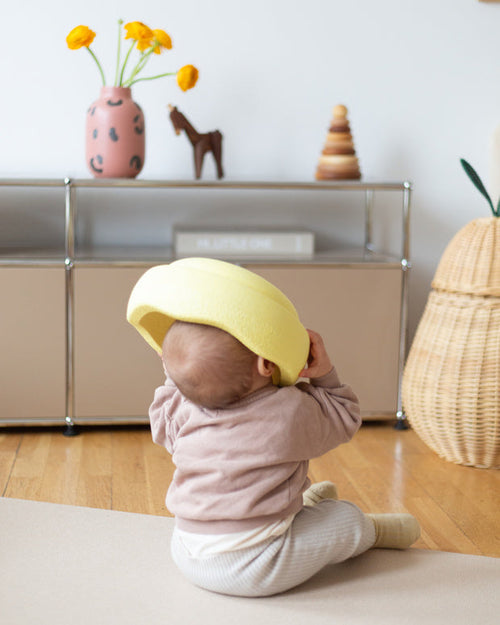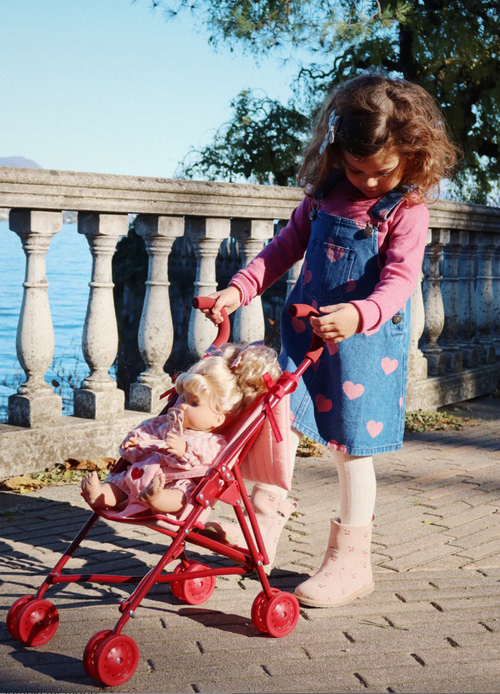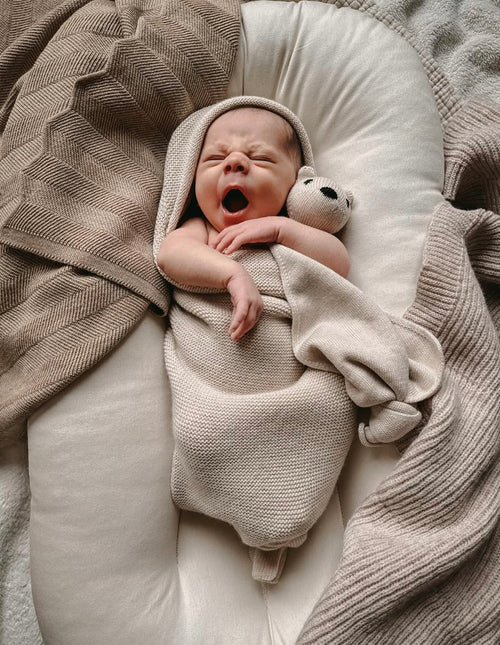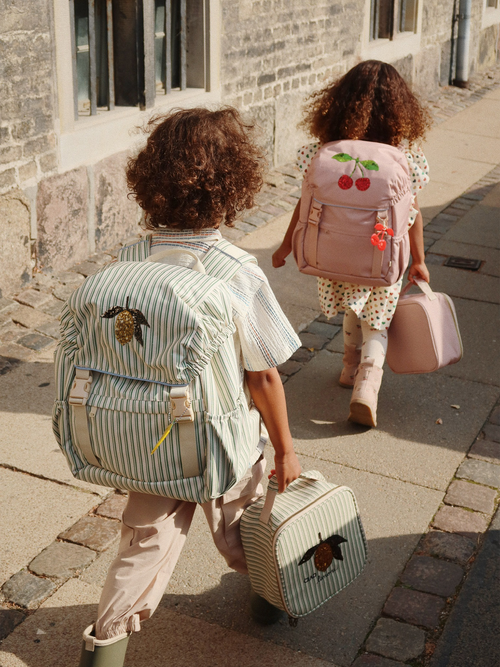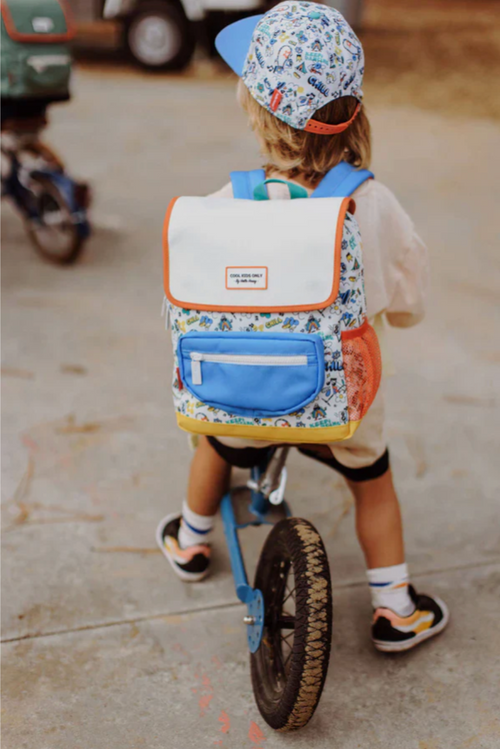The latter should, above all, be practical, comfortable, and made of safe, preferably certified materials. Find out what to look for when buying baby clothes.
You can buy the best quality baby clothes in our Kokosek store.
Comfort and quality of workmanship
The children's clothing market today offers such a myriad of patterns, styles, and colors that a new parent might feel a bit lost. Unlike our grandmothers and mothers, we have no problem accessing baby clothing. However, the key lies in the details. Not everything colorful and fabulous is suitable for little ones. The most important criterion when choosing baby clothing is quality, which naturally goes hand in hand with comfort.
Remember to carefully read the ingredients listed on labels. Ideally, children's clothing should be made of high-quality cotton (over 90%), preferably organic. This ensures adequate air circulation and allows moisture to wick away from your little one's body. Avoid materials such as polyester, viscose, and nylon at all costs. These materials will cause your child to sweat even more, increasing the risk not only of overheating but also of skin conditions, including heat rash. Furthermore, synthetic materials increase the likelihood of allergies.
In addition to cotton, recommended materials include linen, wool, silk, and bamboo. Examples of high-quality children's clothing include:
Flax
Organic cotton
Wool
- bodysuits for colder days,
- dungarees ,
- sweater ,
- hand-woven cardigan,
- shoes .
Bamboo
- socks .
Cotton and silk
- bodysuit with straps,
- short-sleeved bodysuit ,
- seamless blouse,
- comfortable bloomers ,
- leggings ,
- soft hat .
Wool and silk
Baby comfort is equally important. If clothing is too tight or restricts movement, your little one will signal this by feeling unwell or crying. Keep in mind that additional zippers can irritate baby's delicate skin. It's also best to avoid clothing with sequins, stickers, or other accessories, which can not only reduce comfort but also come loose during washing or ironing.
How to choose baby clothes size?
Children grow at a rapid pace. Infant clothing sizes start at 50-52, but it's worth remembering that after 2-3 weeks, the garment may be too small. Therefore, to increase your child's comfort and save yourself unnecessary stress, it's worth buying several bodysuits, rompers, or shorts in several sizes.

